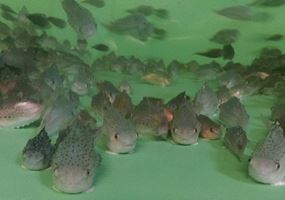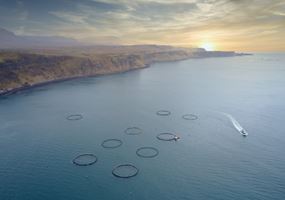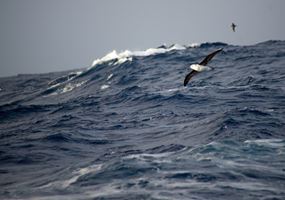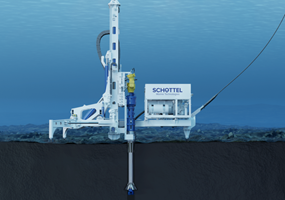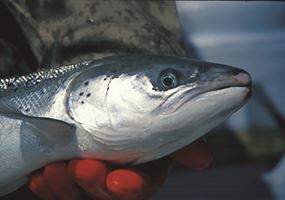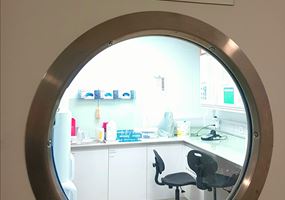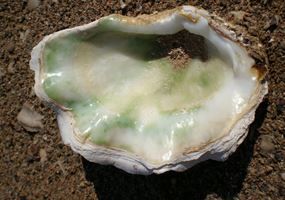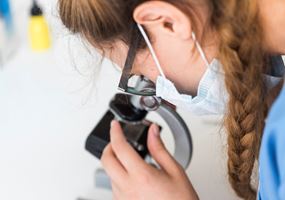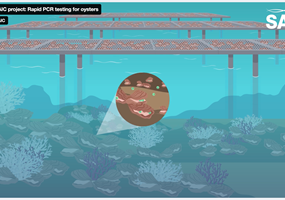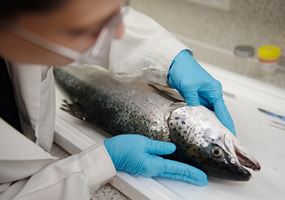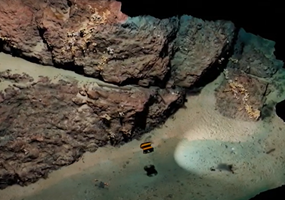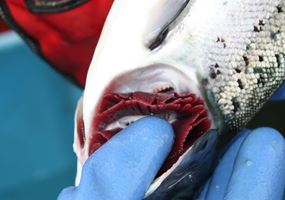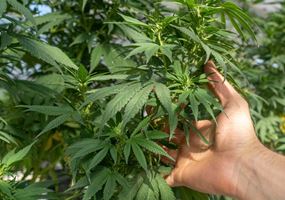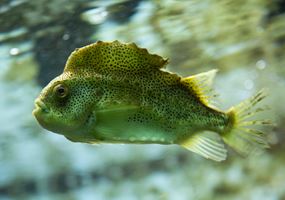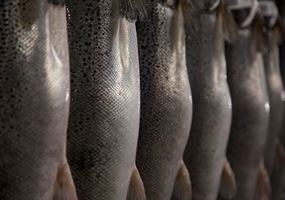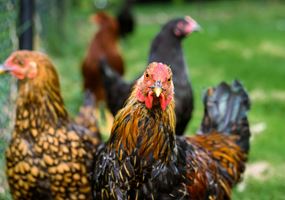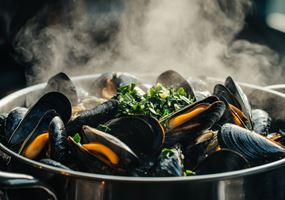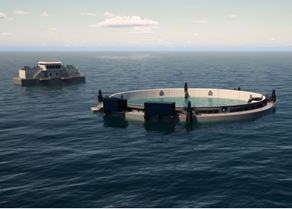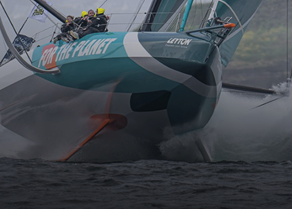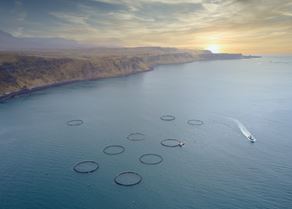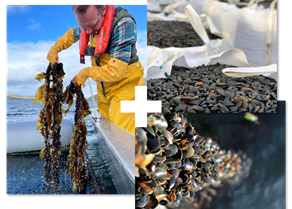Projects
We channel our resources into the areas that will benefit the Scottish aquaculture sector the most, including reducing its environmental footprint and increasing its economic impact.
Sign up to our Newsbites for project updatesThis study aimed to address ethical concerns by evaluating the efficacy and welfare i...
The ExPAND2 project brought together developers, researchers, and sector practitioner...
Accurate and reliable predictive modelling of the benthic impacts of salmon farming.
Groutless technology has the potential to reduce the costs associated with traditiona...
Increased understanding of Saprolegnia and its causative factors, enabling Scotland’s...
An effective, non-medicinal approach to controlling the incidence of sea lice on Scot...
In direct response to requests from shellfish farmers and restoration practitioners,...
The bacterium Flavobacterium psychrophilum has been responsible for substantial econo...
This project investigated the use of oils extracted from fish industry waste to produ...
In this full R&D project, the system developed in the previous feasibly study was tak...
Optimising genomic selection in salmon breeding to improve the accuracy and affordabi...
Hard substrates are often highly complex, making them difficult to sample in, but the...
Identification of actions and measures that can be used to prevent, reduce, or treat...
This first look at sustainably sourced hempseed meal as an alternative protein source...
Improved survivability and efficacy of cleaner fish on Scotland’s salmon farms, with...
Improving disease resistance in Atlantic salmon and Rainbow trout to Flavobacterium p...
The primary tool used in Scotland to model the dispersal of organic waste is NewDEPOM...
The primary aim of this project was to drive change and address issues within the UK...
Shell breakage has posed a persistent commercial challenge to the Scottish mussel ind...
Industry-academic collaborations
Some of our projects have a lifetime of less than one year, while others are longer-term, multi-partner collaborations of up to three and a half years. Each project unites industry know-how with specialist academic expertise; something that SAIC works hard to encourage by helping forge the necessary connections.
Priority innovation areas
Our work is focused on catalysing and co-funding innovation in the areas identified by the sector as being top priorities. We call them our priority innovation areas – or PIAs for short.
Over the years, the industry’s priorities for innovation have evolved. Therefore, so too have our PIAs. This helps ensure that we continue to deliver maximum benefit from the combined investment being made. SAIC's three PIAs are 1: Finfish health & welfare, 2: Unlocking sector capacity, and 3: Shellfish and other non-finfish species.
